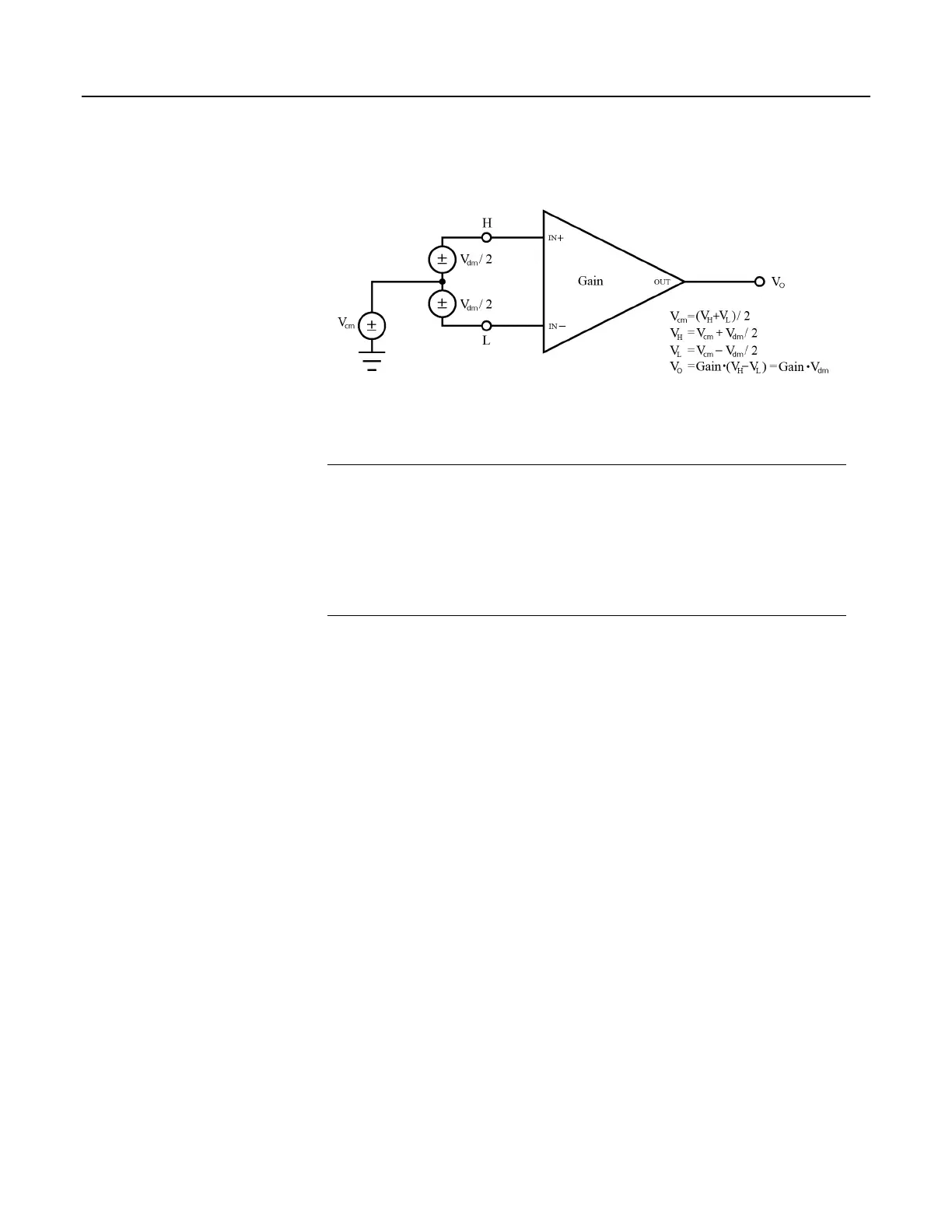Figure 81. PGIA with Input-Signal Decomposition
–
8.1.2.1.3 Voltage Measurement Quality
Read More Consult the following technical papers at www.campbellsci.com/app-
notes (http://www.campbellsci.com/app-notes) for in-depth treatments of several
topics addressing voltage measurement quality:
• Preventing and Attacking Measurement Noise Problems
• Benefits of Input Reversal and Excitation Reversal for Voltage Measurements
• Voltage Measurement Accuracy, Self- Calibration, and Ratiometric
Measurements
• Estimating Measurement Accuracy for Ratiometric Measurement Instructions.
The following topics discuss methods of generally improving voltage
measurements. Related information for special case voltage measurements
(thermocouples
(p. 327), current loops (p. 337), resistance (p. 337), and strain (p. 342)) is
located in sections for those measurements.
Single-Ended or Differential?
Deciding whether a differential or single-ended measurement is appropriate is
usually, by far, the most important consideration when addressing voltage
measurement quality. The decision requires trade-offs of accuracy and precision,
noise cancelation, measurement speed, available measurement hardware, and
fiscal constraints.
In broad terms, analog voltage is best measured differentially because these
measurements include noise reduction features, listed below, that are not included
in single-ended measurements.
• Passive Noise Rejection
o No voltage reference offset
o Common-mode noise rejection, which filters capacitively coupled noise
• Active Noise Rejection
o Input reversal
Review Input and Excitation Reversal
(p. 325) for details
Increases by twice the input reversal signal integration time
311

